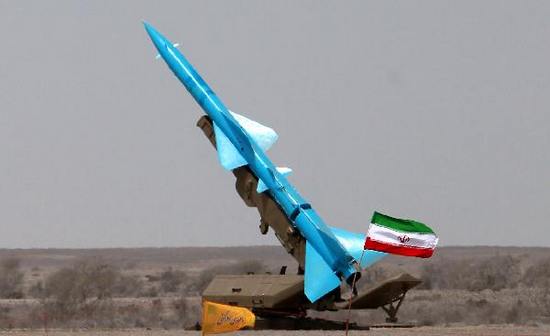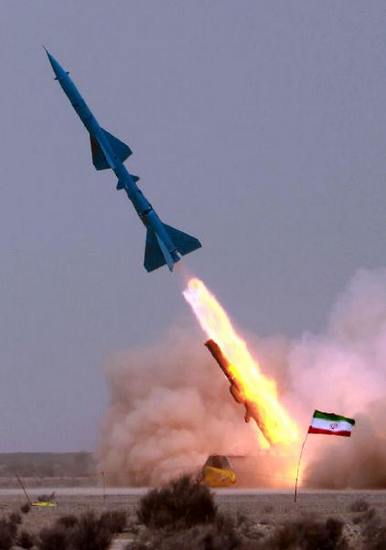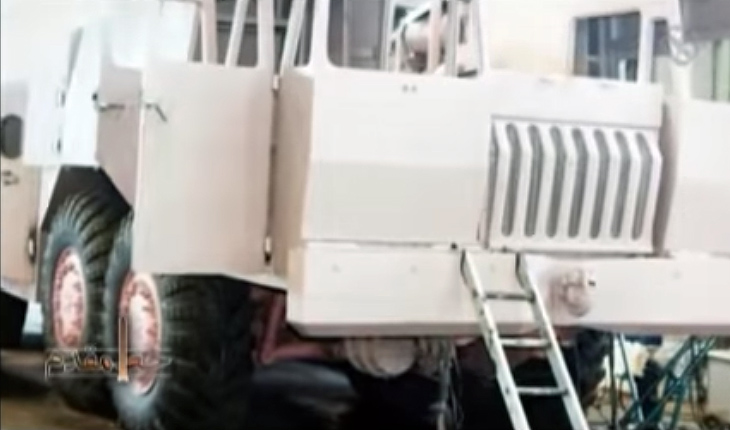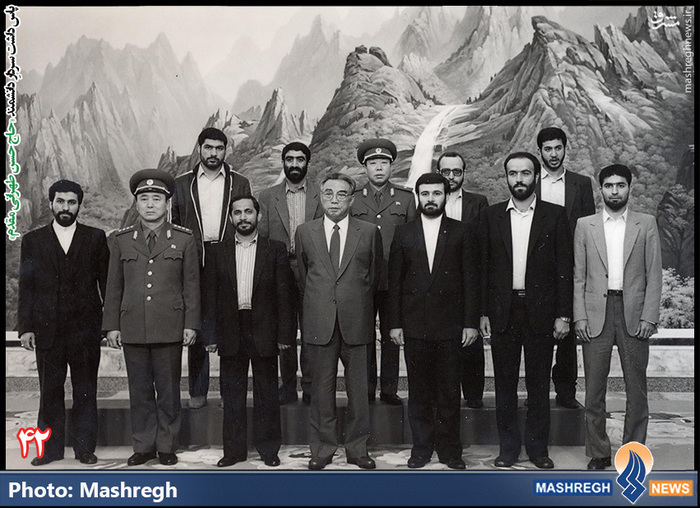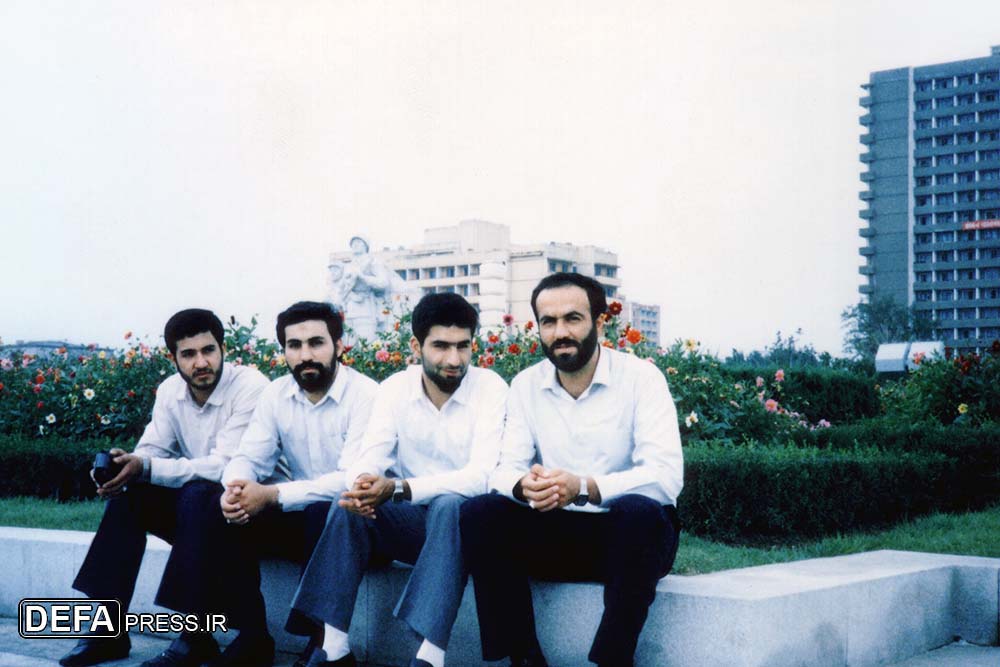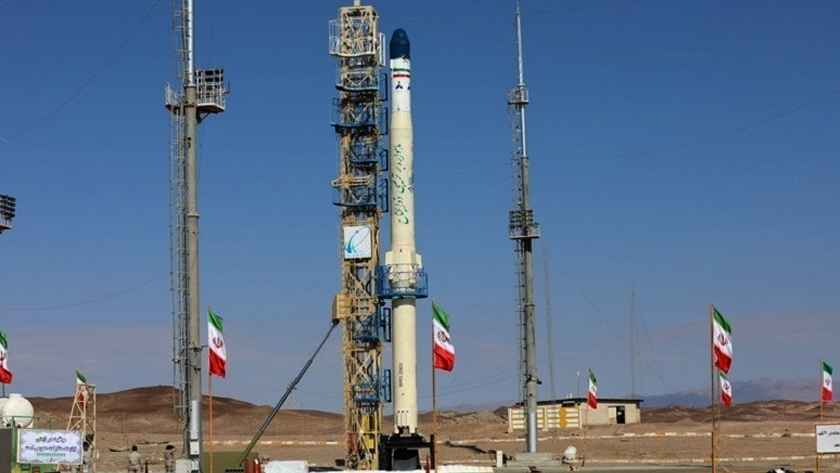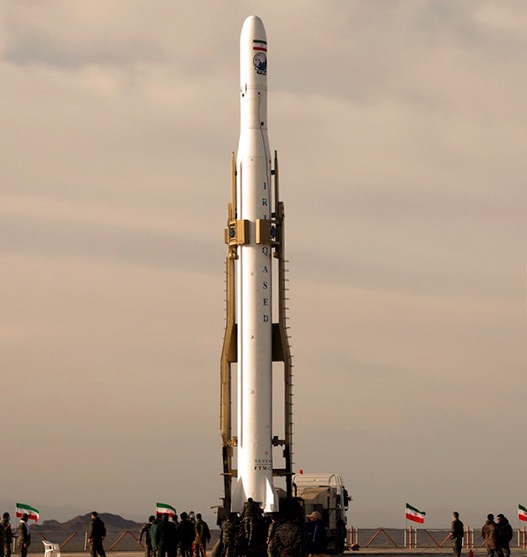
So this is quite interesting. If I am correct, the Zoljanah motor test Iran showed us already took place in December 2015. How can we know and what does it mean for Iran's missile and space program? A quick thread. 


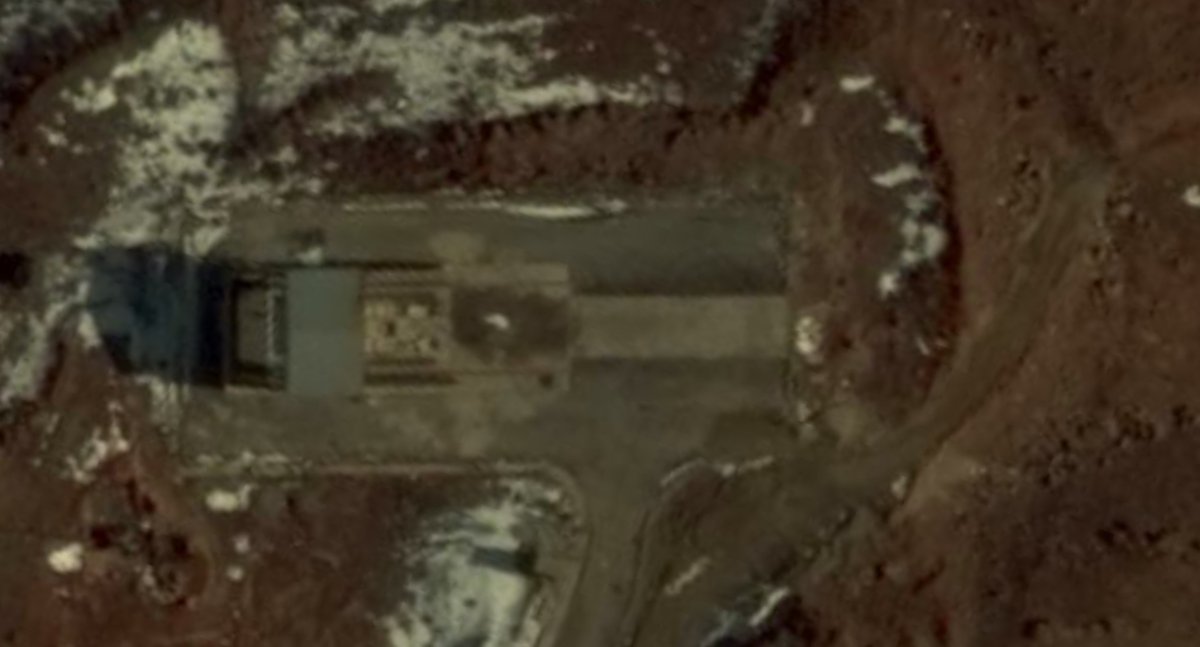
Let's start with the basic location. The footage was recorded at AIO's large horizontal test stand in Khojir ( 35.653232° 51.658307°) which was built between 2005 and 2008.
The first thing to note is the scorch mark visible in the footage. A scorch mark first appeared at the site in Mar 2015. While it faded and regained strength after testing, it never completely disappeared. So the footage must have been recorded after Mar 2015. 



Another clue is the canopy briefly visible in the testing footage. The test stand seems to have been damaged in June 2018. Afterwards, the once flush roof was rebuilt in a slightly different style with ribs. The testing footage shows the earlier flush version. 



So the footage must have been taken between March 2015 and June 2018. With snow visible, this leaves winter 2015/16, winter 2016/17 and winter 2017/18 as possible candidates.
Now, there is another small but crucial detail in the footage – three concrete slabs at the end of the test stand's platform. 

In Nov 2015, a number of similar looking objects can be seen at the same location. On Dec 13, 2012, only two of the objects are visible their location matching the one in the video. The place where the third should be is covered by snow. 

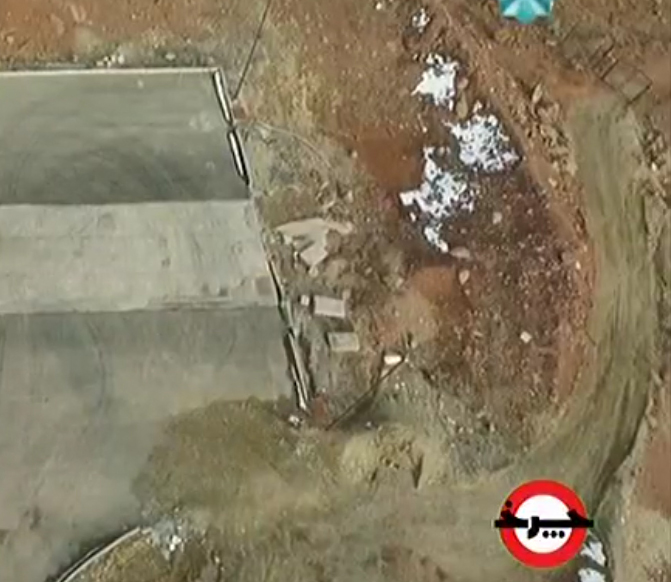

By December 29, one of the objects is gone (clearer in the Jan and Mar imagery) and a very intense scorch mark appears. All of this leads me to believe that a test happened between December 13 and December 29 and that this was the test Iran showed us.
There are further similarities between the footage presented by Iranian state TV and the December 13 shot. Namely, the vehicle tire marks on the pad as well as the soil structure and coloration at the end of the pad and other minor details. 

So what does it all mean? Well, it means that Iran is probably further ahead in the solid fuel game than expected. If they successfully tested a 1.5m diameter motor more than five years ago, it's quite likely they are already progressing on the next steps.
What could those be? Well better tech is the first answer and AIO spokesman Hosseini already gave it to us. He said that the Zoljanah would be improved and this would include lighter casings, higher specific impulse and flexible nozzles. ttps://www.telewebion.com/episode/2495892
Of course, increased dimensions could be another step forward. It's noteworthy that when well-connected Iranian journalist Mehdi Bakhtiari talked about the motor he called it the strongest solid fuel motor „publicised“
https://twitter.com/Mahdiibakhtiari/status/1356615250783698945
End of thread and a big shoutout to @JosephHDempsey for checking my analysis and ensuring I hadn't lost my mind after looking at earth discolorations for way too long :)
• • •
Missing some Tweet in this thread? You can try to
force a refresh

